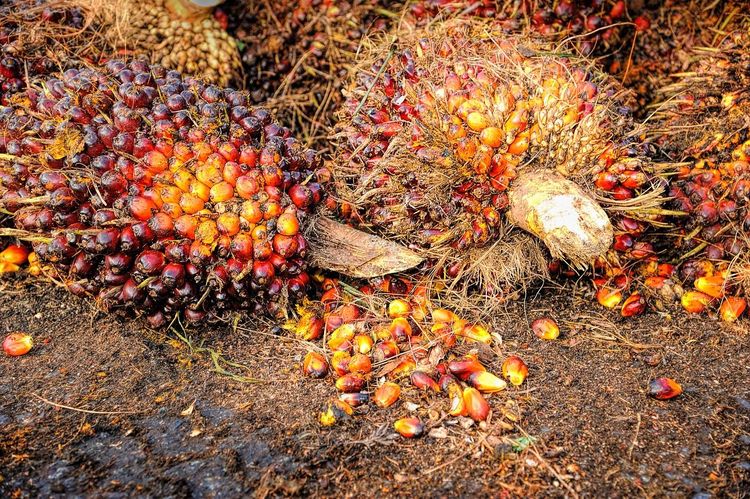Brazil May Have 71M Tonnes and 1M Hectares of Unneeded Sugarcane
Brazil’s long-ailing sugarcane processing industry is taking another hit as the COVID-19 pandemic slashes fuel use worldwide. In Brazil ethanol made from sugarcane and gasoline compete directly at filling stations. Brazilian sugar industry group UNICA reports ethanol sales in the key center-south region dropped 20% in late March. And in recent weeks, vehicle movement on Brazil’s roads has been further restricted.
Reduced ethanol demand means mills will either produce more sugar or crush less cane. Using sugarcane crushing, ethanol production, and cane growing area data available in Gro, we calculated the impact of a sustained reduction in ethanol demand in Brazil.
A 20% decline in ethanol production in center-south Brazil would mean that 71 million tonnes of cane wouldn’t need to be processed. That in turn means that more than 1 million hectares of sugarcane wouldn’t need to be harvested. We’ve assumed that the amount of cane processed into sugar will rise from 34% last year to 40%.
Cane that is not crushed now could be processed later in the season if travel restrictions ease and economic activity picks up, causing demand, price, and sugarcane crush rates to adjust. With normal seasonal patterns disrupted by COVID-19, it will be important to monitor harvest and processing rates along with growing conditions.
UNICA’s first semimonthly crush report of the season was just released. In the first two weeks of the season, mills sharply cut the amount of cane used to produce ethanol. 60% of sugarcane was processed into ethanol in the period compared to 77% in the same period last year. Mills haven’t reduced sugarcane crush rates, however. Cane crush was up 61% year-over-year in the first half of April to 22 million tonnes. Both crush rates and the amount of cane used to produce sugar were at their highest levels since 2016.
Gro users can monitor Brazilian sugarcane crush rates and ethanol and sugar production, and compare these with historical figures. Gro’s numerous climate and geospatial data sets, such as NDVI which measures crop abundance and health, are also available.

Gro users can monitor ethanol production in south-central Brazil along with the percentage of cane used to produce sugar and ethanol with data from UNICA. On the left, seasonal ethanol production in the main producing south-central region is shown. The marked line shows this year's production. The shaded area shows the historical range for each period, and the dashed line shows the historical average. The chart on the right shows the percentage of sugarcane that is processed into sugar in the region (the balance is processed into ethanol). The marked line shows the current year's semimonthly mix while the shaded area shows the historical range of values.
Other relevant Brazil sugarcane displays on Gro can be found in the links below:
Brazilian Sugar Crushing, Price, and Trade Data
Brazilian Sugarcane Conditions
This insight was powered by the Gro platform, which enables better and faster decisions about factors affecting the entire global agricultural ecosystem. Gro organizes over 40,000 datasets from sources around the world into a unified ontology, which allows users to derive valuable insights such as this one. You can explore the data available on Gro with a free account, or please get in touch if you would like to learn more about a specific crop, region, or business issue.
 Insight
InsightPrices Surge for Cocoa, Coffee, and Other ‘Soft’ Commodities
 Insight
InsightPalm Oil Production Set to Rise as Crop Dodges the Impact of El Niño
 Insight
InsightUSDA Further Trims Brazil Corn and Soybean Production Forecasts
 Insight
Insight

 Search
Search